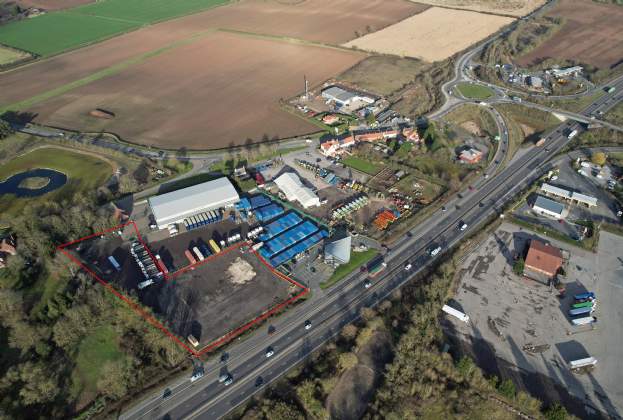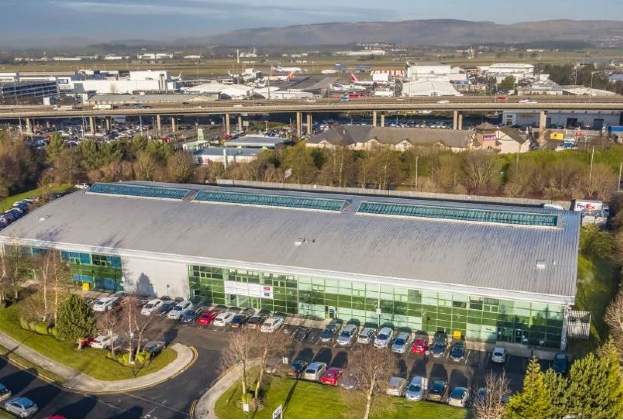As the second half of the year unfolds, it’s clear that economic sentiment is shifting. While inflation was already starting to rear its head at the start of 2022, a number of significant macro-economic events have amplified things further. Consequently upward pressure remains when it comes to current build costs.
Ordinarily, with inflation rising we would expect to see reduced levels of activity, which in turn would see prices fall. However, the combined impact of the situation in Ukraine, global post-Covid-19 supply chain readjustment, strong occupier markets and an emphasis on energy efficient buildings has, instead, seen even greater demand placed on the construction sector.
This is why across all markets we continue to see increasing build costs and project timescales. While we may see activity drop in some sectors over the next 12 months, it’s likely this won’t have a significant impact until inflation starts to fall.
There is no doubt that a lot has already been done to try and mitigate these headwinds with construction supply chains becoming far more resilient over the last two years, but uncertainty and unpredictability still reign.
One sector where this is especially acute is logistics.
Over the last couple of years the logistics market has boomed. As a result, developers have reacted by delivering speculative units at levels not seen since before the global financial crisis of 2008. However, despite 2021 seeing a record level of speculative announcements, the vacancy rate has remained low at just 3 per cent.
This has been coupled with the increasing price of raw materials, with developers seeing build costs rise by up to 30 per cent on a per sq ft basis. Given the supply and demand imbalance in the market, these costs have been passed onto the occupier in the form of higher rents.
We are, however, seeing market dynamics change rapidly. Inflation has presented a mathematical dilemma to many industrial and logistics landlords and investors, as the rising cost of debt, coupled with these increasing build costs has led to a hiatus while they wait for signs that strong levels of rental growth can still be achieved.
This has seen speculative announcements drop considerably, with just 4.8 million sq ft of new schemes planned so far in 2022, a 56 per cent fall compared with the first half of 2021. For the most part, we would expect this to put downward pressure on pricing as contractors start to bid more competitively for less work. Yet, while developers are reporting that build cost tenders are stabilising, thus far we have not seen any meaningful falls in construction costs.
One explanation is the strength of the occupational market. While the level of speculative development has fallen, the number of new leases for build-to-suit stock has surged to the highest on record accounting for 54 per cent of the market. This means that the total development pipeline is, in actual fact, 90 per cent above the long-term average.
With occupier requirements remaining at elevated levels and capital markets volatility suppressing speculative development it remains likely that vacancy rates will stay low, which in turn will push up rents. All things considered, while a deteriorating economic environment will force down some commodity prices, we don’t foresee a dramatic downward shift in build costs any time soon.
Further information
Savills ProgrammE and Cost Sentiment



.jpg)
.jpg)

.jpg)

.jpg)

.jpg)